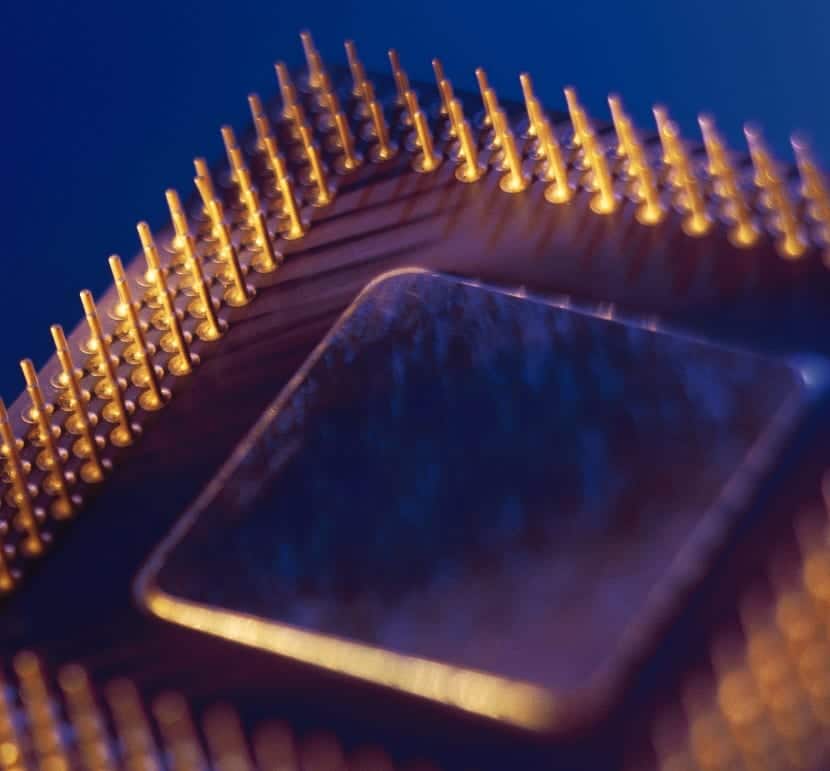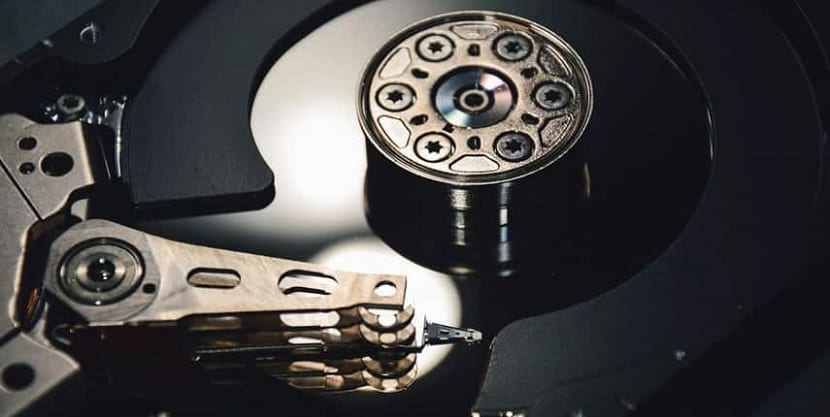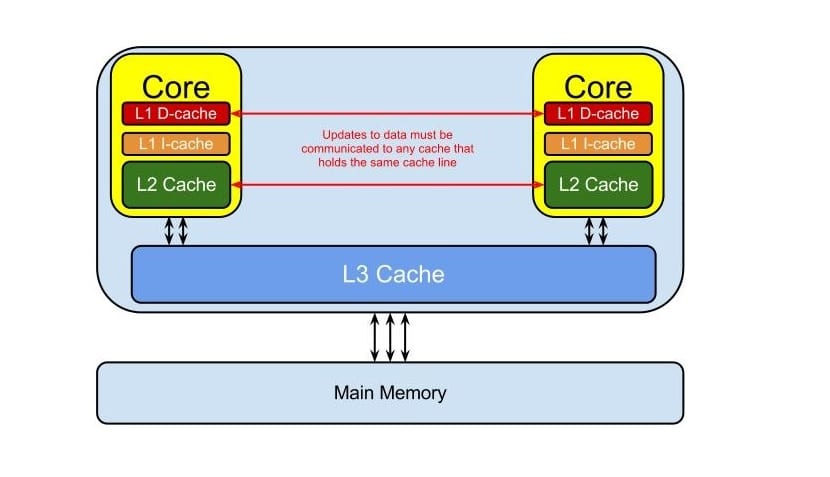
The vast majority of users know and know what the cache is. Although what many probably don't know is what the L1, L2 and L3 cache is. You may have heard of this on occasion, but you don't really know what these levels mean. Therefore, below we will tell you everything there is to know in this regard.
In this way, you can be more clear about what these various levels are. So, if you ever read or hear something about the L1, L2 and L3 cache, you will know what it is, what it is for. We also show you the way in which have access to this information on your computer.
RAM memory is essential in the computer. It is in the same where the programs and the operating system are loaded, to be used by the processor, without having to access the hard disk each time. This is so because the RAM is much faster than the hard disk, although the cache is even faster than the RAM of our computer. We focus on it today.
What is the cache

The cache is a small memory, that is installed in the microprocessor. It has the ability to contain data without the need to constantly update itself. Being installed on the CPU, it is very fast. In fact, you can get speeds of over 200GB / s in some cases, which makes this speed clear. It is responsible for storing the instructions that will be processed by the CPU.
It does this so that the CPU will have access to these instructions as quickly as possible. This cache is divided into several levels, each one faster. This is when the concept of L1, L2 and L3 cache makes its entry.. Each level is smaller and closer to the processor. We have a total of three levels inside, which are the ones that we explain below. Since we leave you with all the data about cache L1, L2 and L3.

L1, L2, and L3 cache
We can already deduce therefore that cache L1, L2 and L3 are the levels that we have within this cache. Each of these levels presents specific specifications, which make them clearly different. Therefore, we tell you more about these L1, L2 and L3 caches individually. So that you know everything about them.

L1 cache
First we have the L1 cache, within these L1, L2 and L3 cache. It is the fastest, because it is the one that is closest to the nuclei. Therefore, it is capable of achieving speeds up to 1150GB / s at certain times. Its size is small, only 256 KB, although it depends in part on the power of the CPU. Since in other models the size can be larger, up to four times larger.
The L1 cache is divided into two types: one for data and the other for instructions. The first stores the data that is processed and the second the information about the operation that has to be done. Also, keep in mind that each of the cores has its own L1 cache. Therefore, in a 6-core processor, we find a total of six L1 cache.
L2 cache
Second we find the L2 cache. It is one that has a greater storage capacity, although it is slower than the previous one. Since in this case we find a speed that reaches 470 GB / s at its peak of operation. In addition, the size in this case is variable, remarkably. It can be small like the previous one, barely 256 KB or even exceed 15 MB with ease.
In this cache is they store the instructions and data that the CPU will use shortly. It is not divided in two as in the previous case. Although, in this case, the presence of an L2 cache is repeated for each core, at least in the most powerful processors this is the case.
L3 cache
Third we find the L3 cache. In this case, you have a dedicated space for it on the processor chip. This is the largest memory in these caches L1, L2 and L3, in addition to being also the slowest. In his case, the speed reaches 200 GB / s in his maximum case. The size can vary from 4 to 64 MB in weight.
Newly, it is distributed among the processor cores. The normal thing is that they are a couple of MB per core, but this division will depend on each processor.
How to know the L1, L2 and L3 cache
For those people who want to know what L1, L2 and L3 cache they have on their computer, there is a simple way, what is CPU-Z usage. It is a tool that you already know, which is very useful. Thanks to it, it is possible to easily know how these levels are distributed on your computer.